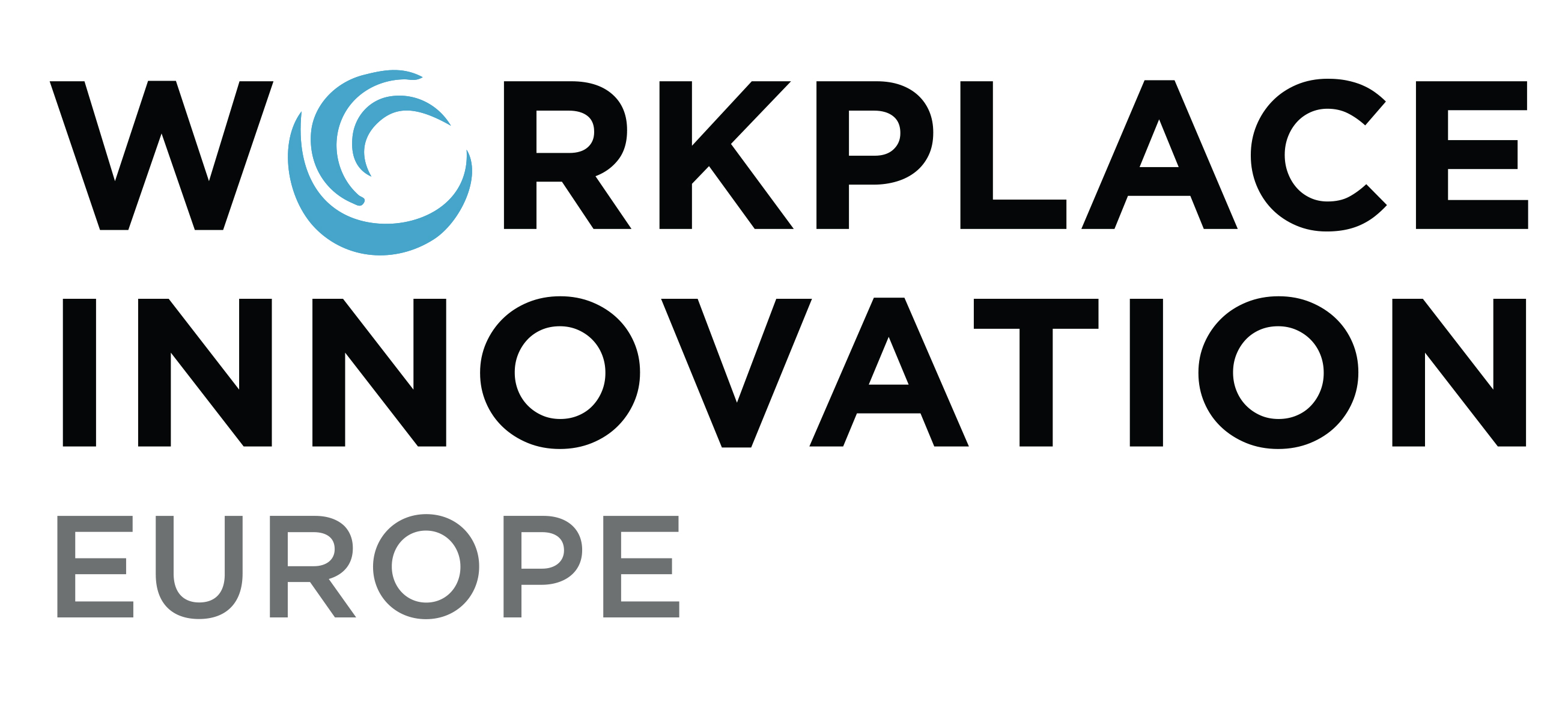LEADING IN TROUBLED TIMES
HOW TO KEEP YOUR PEOPLE MOTIVATED, ENGAGED AND WELL
Every day this week, we’ve published parts of an article on how leaders and managers can avoid social isolation and engage their people in working towards success in the post COVID-19 world.
We’ve been here before
We always have a choice
Working in isolation: what does good look like?
Look
after yourself
How are
you doing?
Day One: We’ve been here before
‘Working from home’ is now a fact of life for millions of people, while many others experience ‘social distancing’ in the workplace. Both can lead to a sense of isolation, restricting the day-to-day interaction that not only helps people to do their jobs well but which creates the feeling of being part of a team.
Yet we’re also seeing a remarkable surge of entrepreneurship and innovation. In our communities and businesses alike people are finding new ways of collaborating and helping each other. Many are beginning to argue that this is transformative and that the post-COVID world won’t be the same as before.
‘Social distancing’ is an unfortunate choice of expression in the current situation; while physical distancing may be essential, we need more social connectedness now than ever.
Of course remote working is not new. From the mid-90s onwards, home computing and the internet opened new possibilities for the way we work. Many companies encouraged people to work from home or in other locations for at least part of the time. Partly this was seen as a kind of privilege, enabling people to work in comfort and avoid the daily commute, but of course it also enabled employers to minimise their use of premium office space through hotdesking.
As early as 1996, concern was being expressed about the impact of ‘teleworking’ (as it was then known) on the isolation of employees:
“Some workers regard teleworking as an opportunity to be more creative in exercising their profession, although on the down side they view being isolated or being cut off from everyday life in their company as risks that go hand in hand with teleworking. Teleworking should neither be condemned out of hand nor glorified. The crucial question is how it will be organised — preferably in such a way that the ‘tele’ aspect of the work in question is placed in a complex setting that stimulates human skills and activities.”
(ETUC, Position paper on the Green Paper “Living and working in the information society”, December 1996)
Likewise, subsequent agreements were put in place between European employers’ organisations and trade unions emphasising the importance of measures “preventing the teleworker from being isolated from the rest of the working community in the company” through social contact and access to information.
(ETUC & UNICE, Framework Agreement on Telework, 2002)
Since then, of course, ‘teleworking’ has been overtaken by a much broader agenda in which ‘agile’ working and ‘virtual’ forms of organisation have become quite commonplace. Significantly, and echoing these earlier insights, we have seen great examples in which the ability to work remotely is part of a mix that “stimulates human skills and activities”, yet others in which it leads to isolation, disengagement and even poor mental health.
Talk to us now to avoid letting ‘social distance’ become social isolation.
Monday: We’ve been here before
Tuesday: We always have a choice
Wednesday: Working in isolation – what does good look like?
Thursday: Look after yourself
Friday: How are you doing?
